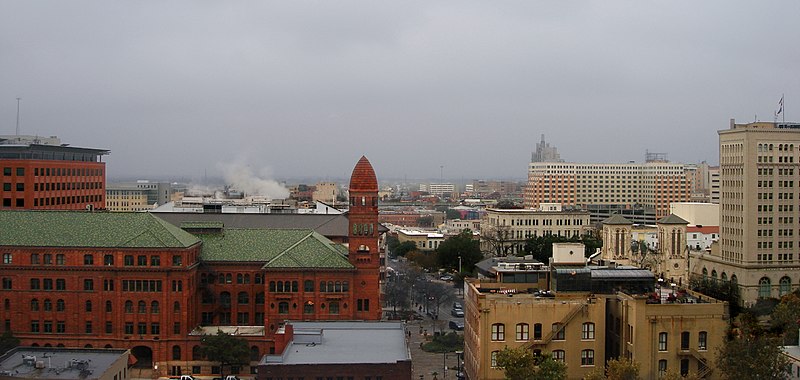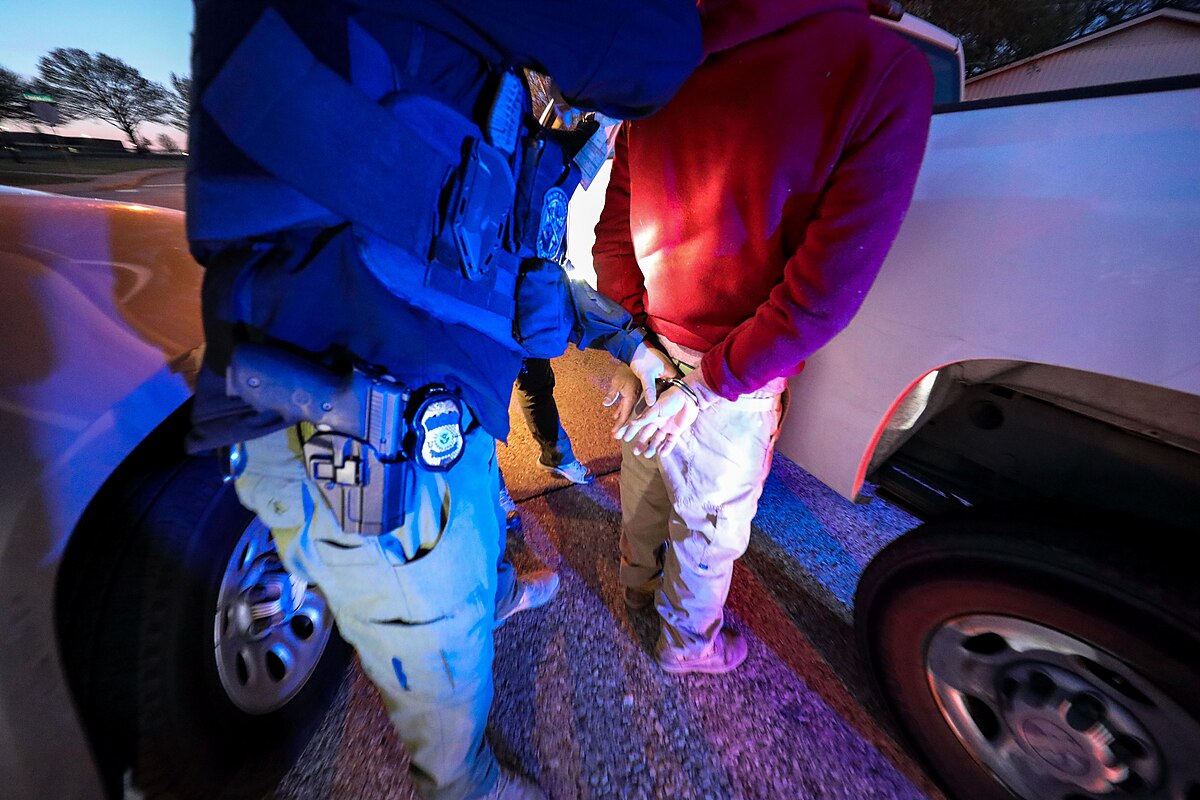- 14 3402-5578
- Rua Hygino Muzy Filho, 737, MARÍLIA - SP
- contato@latinoobservatory.org
 https://web.archive.org/web/20161101080659/http://www.panoramio.com/photo/118043974 - Foto: MARELBU
https://web.archive.org/web/20161101080659/http://www.panoramio.com/photo/118043974 - Foto: MARELBU
The historic Near West Side of the city of San Antonio, Texas, is a predominantly Latino, low-income neighborhood born out of historic segregation in the state. The West Side came to life in the early 20th century, when immigrants arrived fleeing political unrest in Mexico. Its residents lived within the confines of segregation. In 1935, a government-sponsored housing organization described San Antonio’s Mexican American residents as the “largest burden of the city” because of their dependence on relief programs. It also noted the “economic drawbacks” of the city’s large Mexican American population who “as a class,” it claimed, were “non-productive” and “socially inferior.”
The streets were largely shaded in red on maps that served as the basis for housing discrimination for decades to come, warning insurers that the neighborhood was too risky to write policies. At the same time, Black and Latino people were kept out of other neighborhoods through racist housing covenants that restricted them from living in many parts of the city”, according to the Texas Tribune.
“On some blocks, the same families have lived for more than half a century, dating back to the days when the West Side was one of the few places in San Antonio where Mexican Americans were allowed to live. Vacant lots dot the neighborhood, some cleared under city-ordered demolitions, leaving only sets of concrete steps leading to nowhere”.
“But for every empty, boarded-up dwelling, there are four to five lovingly adorned homes with tended gardens and swings hanging from the limbs of old, tall trees. Sometimes the folks living next door played together in the street as children, the latest generations of families able to pass on the little wealth they managed to accumulate against the odds”, according to Texas Tribune.
For some, the West Side is the only place they would like to live; for others, it's the place they can afford to stay.
Amid governmental disregard, the people of the West Side suffered. In rundown school classrooms, students languished under poor learning conditions and faced abuse for speaking Spanish. A shocking 1968 CBS documentary often cited by locals captured the extreme poverty and hunger that threatened West Side families.
“But the people of the West Side also found ways to thrive. Without financial support for mortgages, some families built their homes — many still standing — by hand. The area produced some of San Antonio’s future political leaders, including former mayor and U.S. Housing and Urban Development Secretary Henry Cisneros as well as Julián and Joaquin Castro. The former followed in Cisneros’ footsteps; the latter is serving his fifth term in Congress. The West Side has constantly nourished the city’s Mexican American identity, fostering artists, poets, musicians and civil rights advocates”.
Currently, neighborhood associations and community leaders are fighting to prevent the West Side residents from being evicted and their homes demolished due to speculation and reports that blame construction irregularities.
The Texas Tribune chronicles in a few pages the episodes of the struggle of the Latin community to preserve its roots, culture and homes.
“Neighbors tell stories of how they were flooded with unrelenting and unsolicited offers from land developers and speculators. Because incomes are so low in the area, there is a common fear that even some of the wealthiest newcomers could threaten the permanence of the neighborhood's poorest residents”.
According to a leadership that works for the
residents of the West Side, “Together, let’s come up with a policy that helps
to preserve those homes and that helps to preserve the culture and the history
and improve the quality of the neighborhood for the people”.











